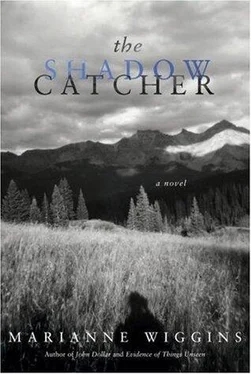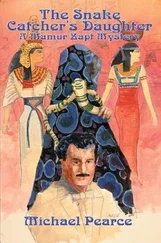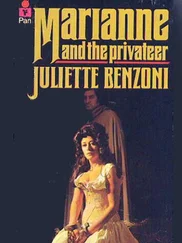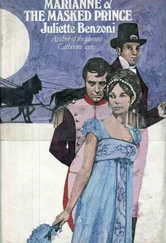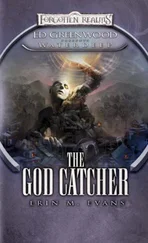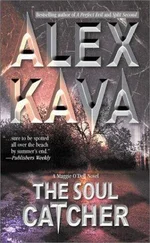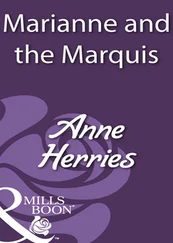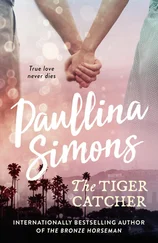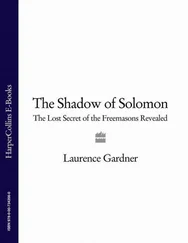Try leaving all those family ghosts behind you when you’re on
The Mother Road.
That’s what Steinbeck called Route 66 in The Grapes of Wrath —the Joad Road. Is there a Father Road?
Or is every road, every ribbon toward mirage, presumed to be the road to masculinity, the road each one of our American fathers had to take at some time in his life?
Thunder Road.
Highway 61.
Highway out of boyhood. Springsteen and Dylan hammering the licks, their testosterone passed off as social contract, their pretense of melancholy a pretense of some greater ethos called “freedom.”
When it was drawn, graded and paved Route 66 clove to the old railroad routes like young Plato to ol’ Socrates. Wherever there were train routes in this country, automotive roads would follow. “No nails, no Christ,” the poet Donald Hall has written. No Socrates, no Plato. No railroad, no interstate highway system. Before 1956, when the Interstate Highway Act was written, there were already “national” roads — the Dixie Highway, north to south, from Michigan to Florida; the Lincoln Highway, east to west, from New York to San Francisco — but there existed nothing on the scale of what President Eisenhower envisioned, 4-or 6-or 8-lane superhighways built not necessarily as connective tissue between two primary destinations, but for the mandated task of hauling freight across long distances as fast as possible with no unnecessary stops.
To eat, for instance.
Or take in a museum.
Sleep in comfort.
See a show.
Haul ass was the mantra of the new inter-state of being, so we got these monster roads where no roads had gone before, which forced us to face the fact that we could cross the country now in record time without ever seeing, stopping in or pausing at a real place or a real town.
And you may ask yourself, David Byrne reminds us, “Where does that highway go to?”
This one goes to Vegas and beyond, following as Route 66 sometimes did, the Union Pacific and Amtrak route into the Mojave through Barstow and Baker toward Nevada.
But Amtrak doesn’t serve Las Vegas anymore, not by train, anyway, only by bus (then why call it “Amtrak”?), so the trains one sees running beside Interstate 15 are blue-collar rigs, trafficking in bare necessities, not leisure.
Beyond Victorville I lose The Mother Road as I-15 heads toward Barstow. 66, also called “The Main Street of America,” used to wend from here toward the settled towns north of Victorville, but the Interstates were plotted to cut to the chase and cut out the Main Streets. At Barstow 66 will cross my path again, intersecting I-15 to turn toward Daggett, now a ghost town, Ludlow, Needles and on to Arizona. So much of Route 66’s lore is now about its role as a “historic” road, a ghost road, decommissioned from its active status as an official U.S. “Route” in 1985. Yet it never trespassed on Nevada, a state renowned for ghost towns. Bypassed, converted or overpaved by newer roads along its 2,600-mile stretch between Santa Monica and Chicago, 66 is now, in parts, CA2, CA110, I-210, I-10, I-15, I-40, I-44, I-55. “Please help us save this invaluable piece of Americana before it is only a memory,” reads a brochure from the National Historic Route 66 Federation that I pick up at a gas station on the Interstate in Barstow. It makes me think of Curtis, driving out through the unpaved desert to “help us save” the Indians before they were “only a memory.” Well, hell. What’s the whole of our experience if not “only a memory”? My father and mother are “only a memory” to me right now, but so is my daughter’s childhood, and my own, and she and I are both alive — what’s so regrettable about something being “only a memory”?
Unless of course we’re talking about a race of people.
Or the soul of a marriage.
Or love.
But a road ? Can we justify nostalgia for a road ? Far younger than the Silk Road or the Via Appia, Route 66 was a road whose working existence spanned less than fifty years, roughly twice the average life span of celebrity. What was celebrated about Route 66 was, first of all, its place in the memories of those who came to California from Oklahoma and the Panhandle during the Dust Bowl years, like Steinbeck’s Joads; and then, for later generations, what was celebrated about Route 66 was not only that there was a song about it but that there was a TV show about it, too. The song (… get your kicks on Route 66 …) was written by Bobby Troupe who was from my home-town and whose father owned the best music store there. Bobby and his chanteuse wife Julie London always made the front page of the Lancaster Intelligencer Journal when they came to town in the 60’s, Julie’s dramatic bosom generously displayed in whatever outfit she was wearing. I can’t remember whether Bobby’s Route 66 song was the theme song for the Route 66 TV program, but I do remember the Corvette and all the driving around through western scenery and that it costarred George Maharis, who, like my mother Mary, was a first-generation Greek American. His family came from Corfu and owned a restaurant and Mary watched the show each week because she had a crush on him. Neither of my parents ever traveled farther West than Chicago so their image of Route 66 derived from what they saw on television. In black and white, like a Curtis photograph.
Instant vintage .
What my parents knew about the real Route 66 approximates what I can know about Theodore Roosevelt by looking at Curtis’s photograph of him. Did he have yellow teeth? Russet highlights in his hair? Indigo coronas around the pupils of his eyes? Except for paintings of him, every image that I’ve seen of Teddy has been in black and white, just like the images of the West on television back when all the broadcast world was shades of gray. When I was still in high school, no fewer than sixteen shows a week were Westerns. Hopalong Cassidy and Gene Autry in the 40’s, Roy Rogers in the 50’s, and then in the 60’s there were dozens of them— The Rifleman, Have Gun Will Travel, Wagon Train, Gunsmoke, Palladin, Tales of Wells Fargo, Death Valley Days, Big Valley, Bonanza, The Virginian, Broken Arrow, Cheyenne, Cimmaron City, Rawhide, The Lawman, High Chaparral, Laramie, Colt 45, Maverick, Bat Masterson, Wanted: Dead or Alive .
Cowboy shows.
Cowboys and Indians.
My first concept of a walking, talking Indian was Tonto on The Lone Ranger —ever wise, ever loyal, deferential to his kimo sabe , never one to waste a word, never one to smile. And you might ask yourself, Who was that masked man? but did you ever ask why, at the height of post-war consumerism and suburban expansion with look-alike streets and look-alike houses, why the legend of the cowboy was so popular?
Think of the TV shows that have taken over the ratings since the terrorist attacks of September 11, 2001—shows that put the pieces of the puzzle back together, shows that solve the crime through diligent and thorough science, shows that find the missing, shows that revolve around an active, wise and super-vigilant government agent, shows that feature ghosts and the crime-solvers who cooperate with them to make the world a safer place. Sometimes we get the heroes we deserve but we always get the television shows our fears dictate.
The current top-ranked series for the past several years speaks to our need, as a traumatized nation, to believe that logic and order reign in the world, that crimes leave discernible fingerprints and that nothing — no thing — arises from unpredictable sources. The series takes place in Las Vegas, which is no random choice, because there is something in our national psyche right now that needs Vegas, needs the idea of it, rather than its base reality. Which may be why each segment of the series opens with an aerial view, different each week, glitzy, shimmering, of Sin City and its environs. Thirty seconds, tops, a bird’s-eye view of neon Vegas, Vegas as mirage — then the show leaves all trace of the town behind for the cool and blue interiors of the crime lab. We know that no municipality on these beloved shores could afford a state-of-the-art glass and gizmo graced lab as the set of CSI pretends, but we believe it, anyway, the same way we believed in Lorne Green’s accent in Bonanza and Miss Kitty’s anachronistic foundation garments in Gunsmoke . Because PRINT THE LEGEND is one of the great lines from one of the great Westerns, and because when the daily reality presents itself as uncomprehendable, we fashion our own myths and then hold those phony truths to be inalienable.
Читать дальше
